Vaping is rapidly reshaping the landscape of Australian schools, offices, and public spaces, raising urgent questions about health, safety, and compliance. With more people turning to e-cigarettes, the need for effective vape detection australia solutions has never been greater.
This guide is your comprehensive roadmap for navigating vape detection in Australia in 2025. Here, you will find an overview of current vaping trends, critical regulatory updates, the latest detection technologies, and a step-by-step approach to implementation.
By understanding the real-world impact, key statistics, and practical strategies, you can ensure your organisation stays compliant, safe, and ahead of the curve.
The Current State of Vaping in Australia
Australia is witnessing a significant shift in attitudes and behaviours around vaping. As the presence of e-cigarettes grows in schools, offices, and public venues, organisations are increasingly seeking solutions like vape detection australia to manage the impact. Understanding the current landscape is essential for making informed decisions and ensuring compliance in 2025.
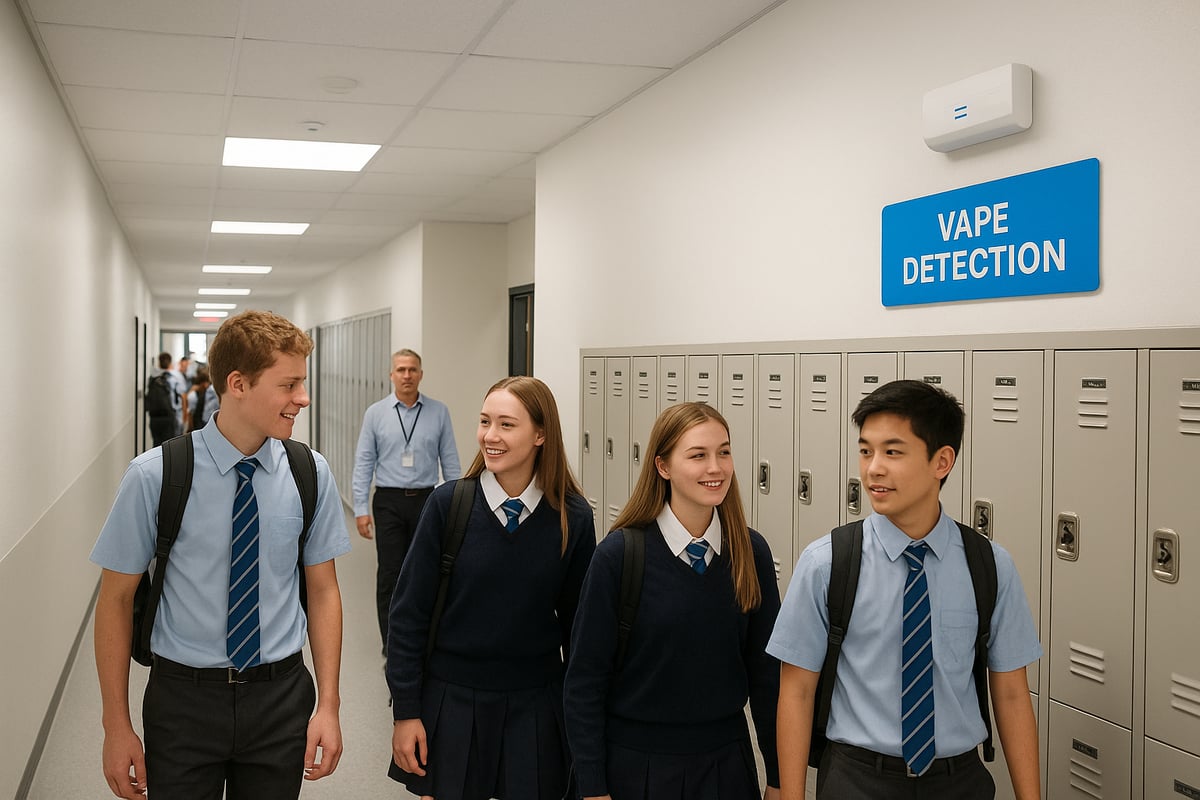
Prevalence and Trends
Vaping has surged across Australia, particularly among young people and adults in urban centres. According to the Australian Institute of Health and Welfare, while traditional smoking is declining, vaping rates have tripled in recent years. You can read more in the report "Smoking rates continue to decline while vaping triples". Vaping is more common in metropolitan schools and workplaces but is also rising in rural areas.
Peer influence and social media play a powerful role in normalising vaping. Incidents in schools often involve students using vaping devices in bathrooms or secluded spaces, prompting administrators to consider vape detection australia for early intervention.
Health and Safety Concerns
Concerns about health and safety are fuelling demand for vape detection australia. Short term effects include throat irritation, coughing, and headaches. Long term risks remain under investigation but may include lung damage and respiratory issues.
Second hand vapour exposure affects air quality in shared spaces. Schools have reported incidents where vaping led to poor indoor air, triggering asthma or allergic responses. There is also growing evidence linking vaping to anti social behaviour and substance misuse, making the need for detection more urgent.
Regulatory and Compliance Requirements
The regulatory landscape for vaping is complex and evolving, driving organisations to adopt vape detection australia as a compliance measure. Federal and state laws restrict the sale, import, and use of nicotine vaping products. School and workplace policies often prohibit vaping, with strict penalties for violations.
From July 2025, new regulations will require prescriptions for nicotine vapes and limit imports. Safe Work Australia and the Department of Health provide guidance on compliance, record keeping, and incident reporting. Staying up to date is critical for avoiding costly penalties.
Challenges Facing Organisations
Implementing vape detection australia presents unique challenges. Modern vaping devices are small and easy to conceal, making traditional supervision ineffective. Staff may lack training to recognise vaping behaviour or to respond consistently to incidents.
Balancing privacy with enforcement is another concern. Organisations must ensure that detection methods respect individual rights while maintaining safety. Budget constraints and resource limitations also impact the ability to roll out comprehensive vape detection australia solutions.
The Need for Vape Detection Solutions
The increasing prevalence of vaping has created significant demand for vape detection australia across all sectors. Early intervention helps deter vaping, protect health, and demonstrate a proactive approach to safety.
Many schools have reported fewer incidents after installing detection systems, meeting the expectations of parents and staff. These solutions align with broader health and safety objectives, supporting a positive environment for learning and work. Proactive measures ensure compliance and foster community trust.
Vape Detection Technologies: Options and Innovations
The advancement of vape detection australia technology is rapidly transforming how organisations manage vaping risks in schools, offices, and public spaces. With a surge in discreet vaping devices and stricter regulations, staying informed about the latest detection tools and innovations is essential for compliance and safety.

Types of Vape Detection Technologies
Modern vape detection australia systems employ a variety of sensor-based solutions to identify vaping activity in real time. These include air quality sensors that detect changes in particulate matter and chemical signatures, as well as advanced particle analysis to differentiate vape aerosols from other airborne substances.
Audio and noise detection technologies are also used to identify behaviours associated with vaping, such as the sound of inhalation or device activation. Integration with CCTV and building management systems allows for comprehensive monitoring, while mobile and cloud-based alert platforms enable immediate notifications to staff and administrators.
By combining multiple detection methods, organisations can ensure broad coverage and improve the reliability of vape detection australia efforts.
Key Features to Look For
When evaluating vape detection australia solutions, certain features are crucial for effectiveness and ease of use. Real-time alerts and notifications allow for swift intervention, while high sensitivity and specificity ensure accurate detection of various substances, including nicotine, THC, and synthetic cannabinoids.
Low false positive and negative rates are essential to avoid unnecessary disruptions. Data analytics and reporting capabilities help organisations monitor trends and demonstrate compliance. Finally, ease of installation and minimal maintenance requirements are important, especially for busy school and workplace environments.
Selecting a solution with these features ensures that vape detection australia systems deliver measurable results and support ongoing policy enforcement.
Leading Solutions in the Australian Market
Australia’s market for vape detection australia products has expanded rapidly, offering both local and international brands. Leading solutions often provide tailored support, remote monitoring, and flexible pricing models. Some systems are specifically designed for the unique needs of Australian schools and workplaces, ensuring compliance with local regulations.
For a detailed overview of top-rated products and their features, the Vape Guardian Australia overview provides comprehensive insights into available solutions and successful case studies.
Comparing solutions based on reliability, support, and integration options helps organisations implement the most suitable vape detection australia technology for their environment.
Integration with Existing Infrastructure
Seamless integration is a key requirement for vape detection australia systems. Compatibility with existing IT infrastructure, such as school networks or office building management systems, streamlines deployment and management.
Wireless connectivity offers flexibility for device placement, while wired options may be preferable in secure or high-traffic areas. User access controls ensure that only authorised personnel can view alerts and incident data, supporting privacy requirements.
Effective integration allows vape detection australia solutions to operate efficiently alongside other security and safety systems, minimising operational disruption.
Data Security and Privacy Considerations
With the rise of vape detection australia technology, data security and privacy are paramount. Solutions must comply with the Australian Privacy Act 1988, ensuring that all data is stored securely and access is restricted to authorised individuals.
Transparent policies on data retention, access, and incident logging help build trust with stakeholders. Clear communication about how vape detection australia systems operate and how data is used is essential for maintaining community confidence and meeting regulatory obligations.
Organisations should regularly review their privacy protocols to ensure ongoing compliance and effective incident management.
Future Innovations and Trends
The future of vape detection australia is shaped by rapid technological advancement. Artificial intelligence and machine learning are being integrated to improve detection accuracy and reduce response times.
Enhanced reporting tools offer predictive analytics, allowing organisations to anticipate and address emerging risks. As standards and certifications evolve, vape detection australia systems will increasingly integrate with broader environmental monitoring networks, supporting holistic approaches to health and safety.
Staying informed about these trends ensures that organisations remain compliant and proactive as the regulatory landscape continues to change.
Step-by-Step Roadmap: Implementing Vape Detection in 2025
Ensuring a successful rollout of vape detection australia solutions requires structure, planning, and ongoing commitment. The following roadmap is designed to help organisations navigate each stage with confidence. Every step is crucial for compliance, safety, and long-term impact.

Step 1: Assessing Your Organisation’s Needs
Begin by evaluating the current risks and challenges related to vaping within your environment. Conduct detailed risk assessments and site surveys to identify high-risk areas, such as toilets, stairwells, and staff rooms.
Engage key stakeholders, including leadership, staff, and students, to gather insights and build consensus. Define clear objectives and set measurable success metrics. For schools, reviewing resources like Vape detectors for education sector can provide valuable guidance on tailoring vape detection australia strategies to your unique context.
Step 2: Selecting the Right Technology
Compare available detection solutions using criteria such as sensitivity, accuracy, and ease of use. Assess vendors based on reputation, support services, and pricing models.
Evaluate the scalability of each system to ensure it can grow with your organisation's needs. Request demonstrations or pilot trials to see how the vape detection australia technology performs in your specific setting.
Step 3: Planning Installation and Integration
Map out optimal device placements to maximise coverage in high-risk zones. Collaborate with IT and facilities teams to address technical and logistical considerations.
Prioritise solutions that integrate smoothly with existing infrastructure, such as CCTV or building management systems. Establish clear alert protocols and escalation procedures to ensure timely responses. Careful planning is essential for a seamless vape detection australia rollout.
Step 4: Staff Training and Awareness Programmes
Develop comprehensive training programmes for all staff members. Focus on both the technical use of the vape detection australia system and the broader risks associated with vaping.
Provide ongoing resources, such as quick-reference guides and regular updates. Foster a culture of vigilance and accountability by encouraging staff to report incidents and support policy enforcement.
Step 5: Launch, Monitoring, and Adjustment
Communicate the introduction of vape detection australia systems clearly to all stakeholders. Monitor alerts and incident data closely during the initial rollout.
Regularly review system performance, adjusting settings or device placement as needed. Collect feedback from staff and users to identify areas for improvement and ensure the technology is meeting its intended objectives.
Step 6: Reviewing Outcomes and Reporting
Analyse data to measure reductions in vaping incidents and improvements in air quality. Prepare detailed reports for leadership, regulatory bodies, and other stakeholders, highlighting the impact of vape detection australia implementation.
Use these insights to refine policies and support ongoing interventions. Celebrate successes and share lessons learned to reinforce a positive safety culture.
Step 7: Future-Proofing Your Vape Detection Strategy
Stay informed about evolving regulations and emerging vaping trends. Update vape detection australia technology and protocols as new threats or requirements arise.
Continue staff training and stakeholder engagement to maintain momentum. Build a sustainable approach that can adapt to future challenges, ensuring your organisation remains compliant and protected.
Vape Detection in Action: Australian Case Studies and Success Stories
Australian organisations are embracing vape detection australia to address growing health and safety concerns. Real-world case studies provide insight into how schools, workplaces, and public spaces are achieving measurable results and building safer environments. By sharing these stories, we can highlight best practices and inspire confidence in vape detection australia as a proven solution.
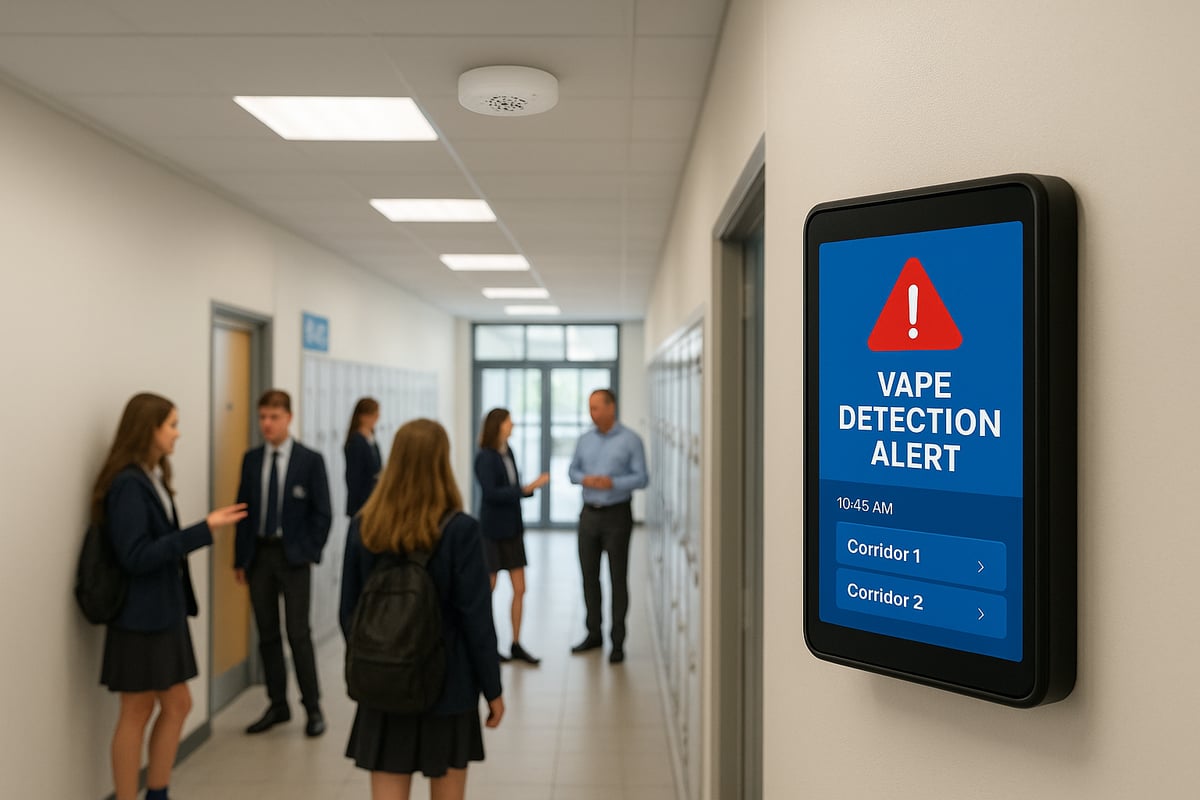
School Environments
Secondary schools across Australia are leading the way in adopting vape detection australia. In 2024, several campuses reported a sharp increase in vaping incidents, particularly in toilets and secluded areas. By installing detection systems, schools achieved:
- A 60% reduction in vaping events within three months
- Noticeable improvements in indoor air quality
- Enhanced confidence among parents and staff
Feedback from principals and teachers highlighted the value of early alerts for quick intervention. Students reported feeling safer, and some noted a shift in peer attitudes towards vaping. According to Australian vape detection case studies, schools implementing these systems also benefited from increased community trust and support.
Workplaces and Public Venues
Workplaces, cinemas, and shopping centres are also adopting vape detection australia to comply with evolving regulations. Facility managers faced challenges in monitoring discreet vaping, particularly in staff rooms and restrooms. After system rollout, organisations observed:
- A marked decline in unauthorised vaping incidents
- Improved compliance with workplace policies
- Positive feedback from both staff and customers
Some venues revised their policies, emphasising zero tolerance and clear consequences. This proactive approach fostered a culture of accountability and reinforced organisational values.
Challenges and How They Were Overcome
Implementing vape detection australia was not without difficulties. Common obstacles included:
- Resistance from staff concerned about privacy
- Technical integration issues with existing IT infrastructure
- Limited awareness of vaping risks
To address these, organisations engaged stakeholders early, provided transparent communication, and offered comprehensive training. Technical teams worked closely with vendors to resolve connectivity challenges. Regular updates and education sessions helped shift attitudes and sustain engagement.
Quantitative Results and Impact
The impact of vape detection australia is evident in measurable outcomes. Organisations tracked key metrics before and after implementation, such as:
| Metric | Before Detection | After Detection |
|---|---|---|
| Vaping Incidents | 45/month | 15/month |
| Disciplinary Actions | 28/term | 10/term |
| Air Quality Index | 65 | 35 |
These improvements correlated with stronger policy compliance and enhanced indoor air quality. Many organisations also reported a positive shift in workplace and school culture, reinforcing shared health and safety objectives.
Stakeholder Perspectives
Administrators, staff, and parents consistently praised vape detection australia for its effectiveness. Testimonials revealed that:
- Staff felt empowered to enforce policies without confrontation
- Parents expressed relief knowing proactive measures were in place
- Students reported greater awareness of health risks
Long-term sustainability was achieved through ongoing training and transparent reporting. Community response was overwhelmingly positive, with local media highlighting success stories and encouraging broader adoption.
The Evolving Regulatory Landscape: What to Expect in 2025 and Beyond
Australia’s vaping regulations are set to undergo significant changes in 2025, affecting schools, workplaces, and public spaces nationwide. Understanding these evolving requirements is crucial for any organisation considering vape detection australia solutions. This section breaks down the latest legal updates, practical implications, audit preparation, and future trends to help you stay compliant and proactive.
Recent and Upcoming Changes in Australian Law
From July 2025, Australia will enforce stricter federal and state laws regarding vaping. New standards will require a prescription for all nicotine vaping products, with non prescription sales and imports strictly prohibited. The Therapeutic Goods Administration has outlined these updates, which include tighter controls on device types, packaging, and product labelling. You can find detailed information on the new standards for nicotine vaping products from July 2025.
Penalties for non compliance are increasing, with higher fines and potential criminal charges for illegal sales or possession. Enforcement will be coordinated between border authorities, state police, and health agencies. For organisations, staying ahead of these changes is essential when planning vape detection australia strategies.
Implications for Schools, Workplaces, and Public Spaces
With the legal landscape shifting, schools, offices, and public venues must review and update their policies. Vape detection australia is now a key component in demonstrating compliance, especially as regulations require proactive measures to prevent unauthorised vaping.
Organisations are expected to document all policies, provide staff training, and maintain accurate incident logs. Regular policy reviews and updated signage will be necessary to reflect the current laws. Budget planning should account for technology upgrades and ongoing maintenance to support compliance.
Preparing for Regulatory Audits and Inspections
Increased regulatory scrutiny means organisations must be prepared for audits and inspections. Documentation is critical: maintain clear records of all vape detection australia activities, including system installation, staff training, and incident responses.
Best practices include:
- Keeping a compliance checklist
- Storing incident data securely
- Providing training certificates
- Preparing up to date policy documents
Successful audits often hinge on demonstrating a proactive approach, not just reactive enforcement. Regularly review your processes to ensure alignment with current requirements.
The Future of Vape Detection Policy in Australia
Looking ahead, government policies are likely to become even more stringent, influenced by ongoing public health campaigns and advocacy. Technological advances will play a central role, with vape detection australia solutions expected to integrate with broader safety and environmental monitoring systems. For a comprehensive overview of regulatory and health trends, visit Vaping in Australia.
Organisations should anticipate further updates to standards and be ready to adapt quickly. Ongoing staff training, stakeholder engagement, and routine policy reviews will be essential to maintain compliance in an evolving landscape.
As you look ahead to 2025 and consider the steps needed to create safer, vape free spaces in your school, office, or public venue, it’s clear that having the right detection technology and expert support can make all the difference. We’ve explored the latest trends, regulatory changes, and practical solutions to help you stay compliant and protect your community. If you’re ready to take the next step or have specific questions about implementing a system that truly fits your needs, I encourage you to talk to our team and protect your building today. Together, we can make a real impact.
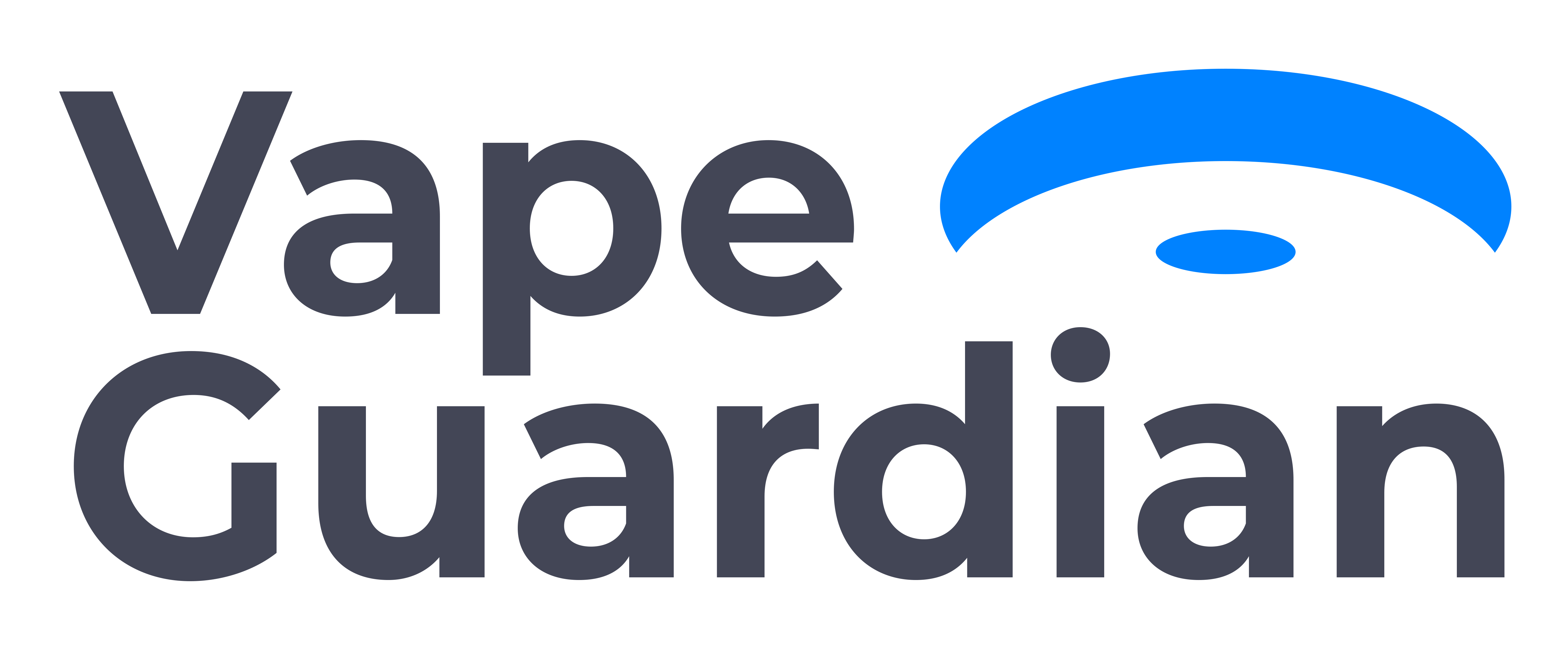

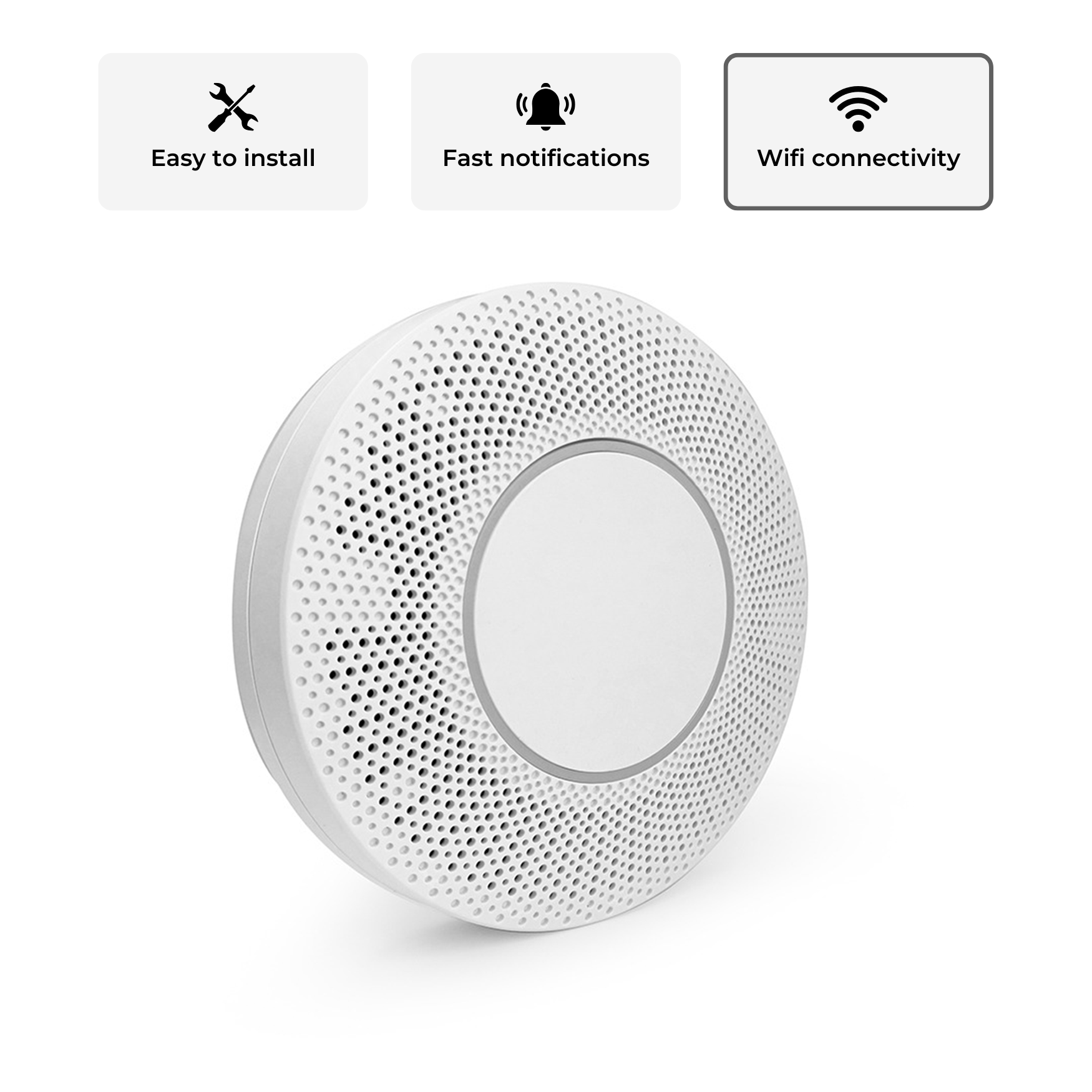
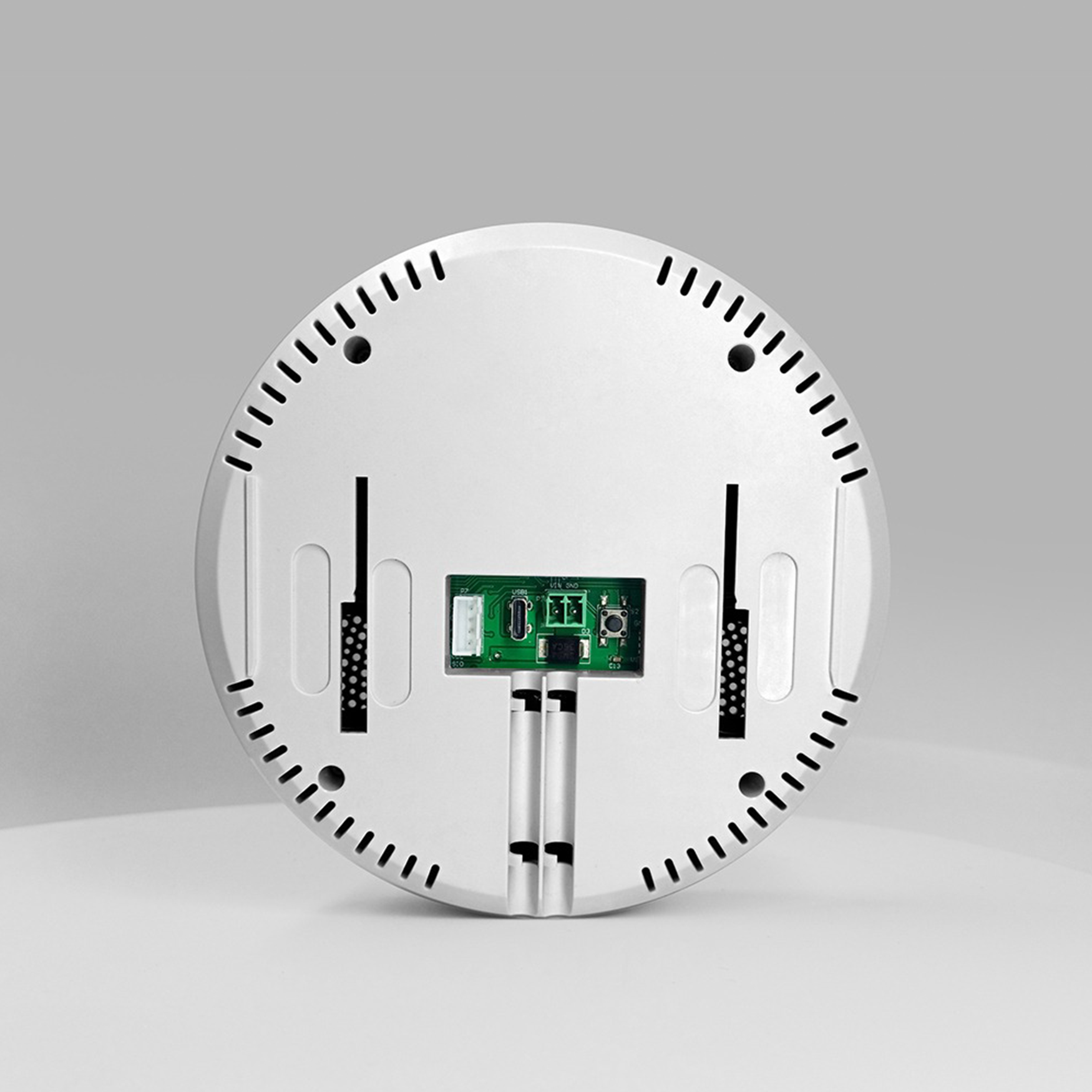

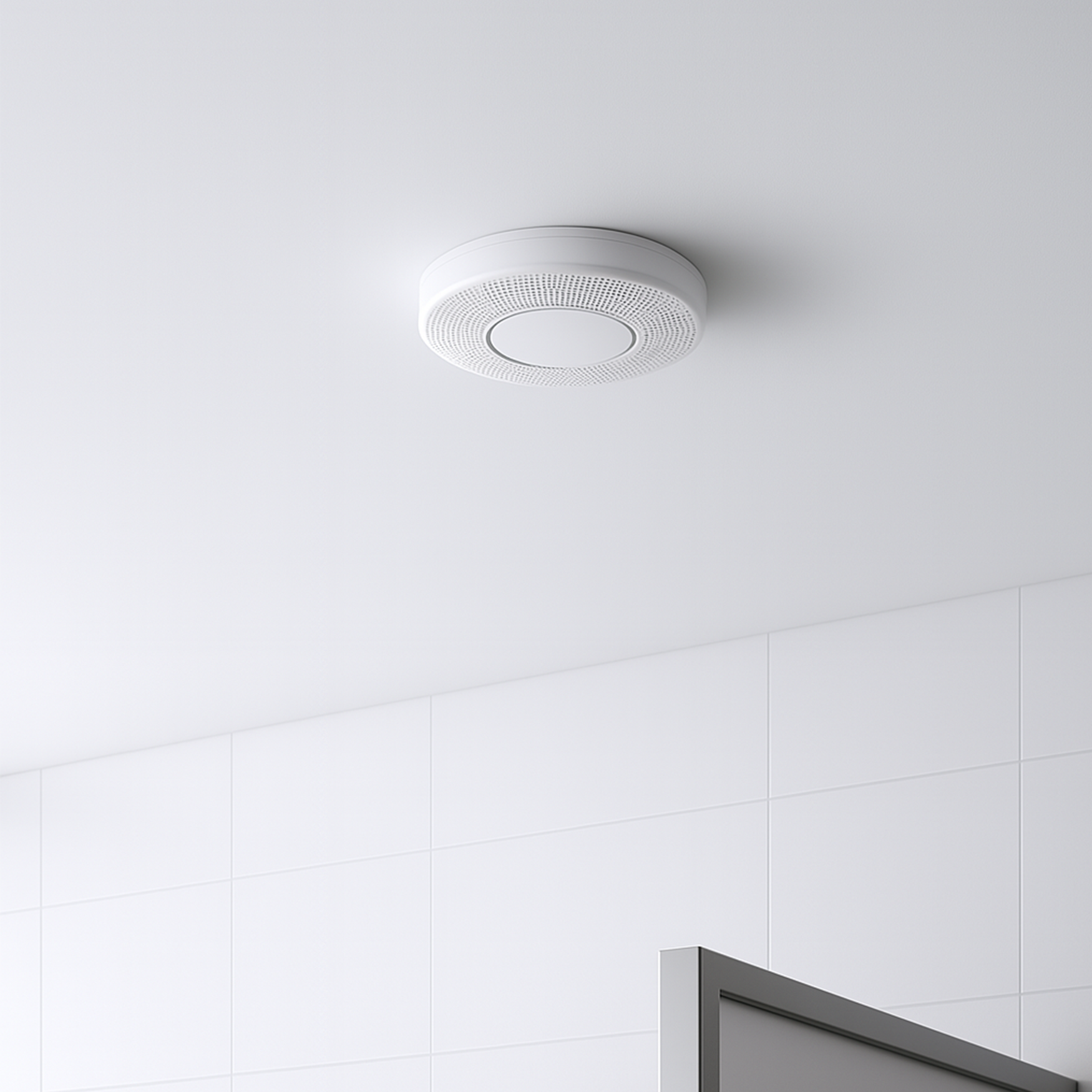
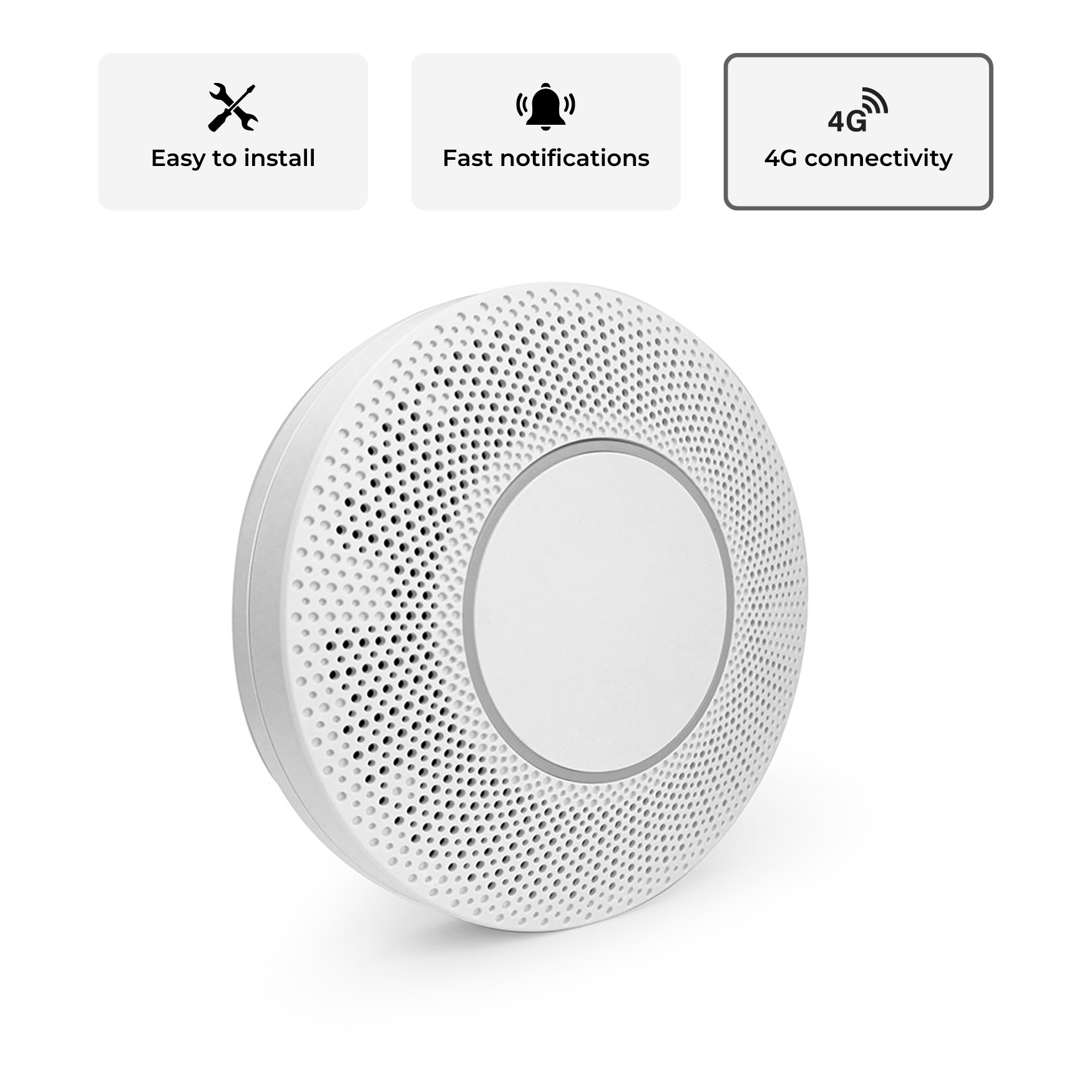



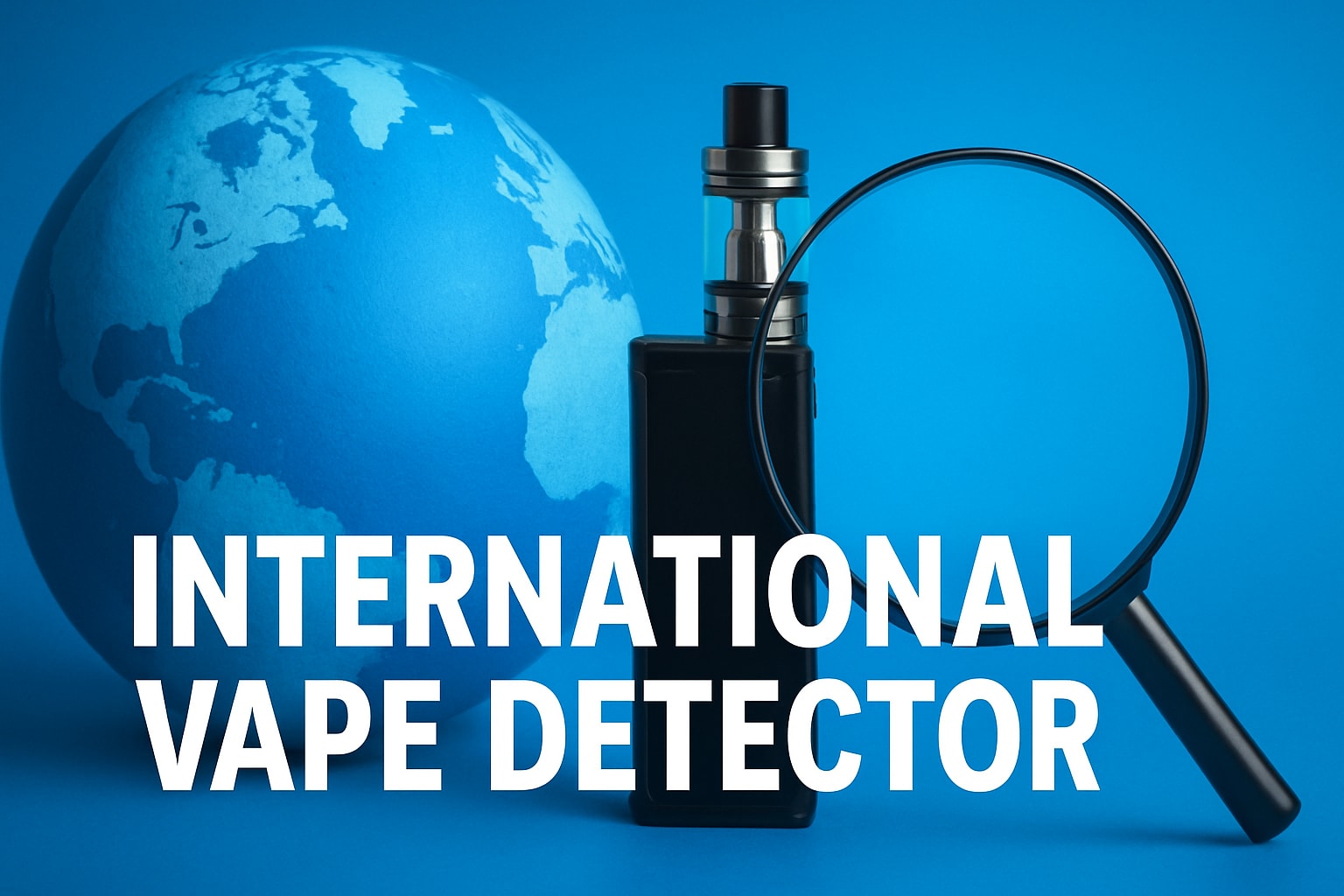
Share:
AirGuard Smoke Detector Guide: Essential Insights for 2025
International Vape Detector Guide: Your 2025 Essential Handbook